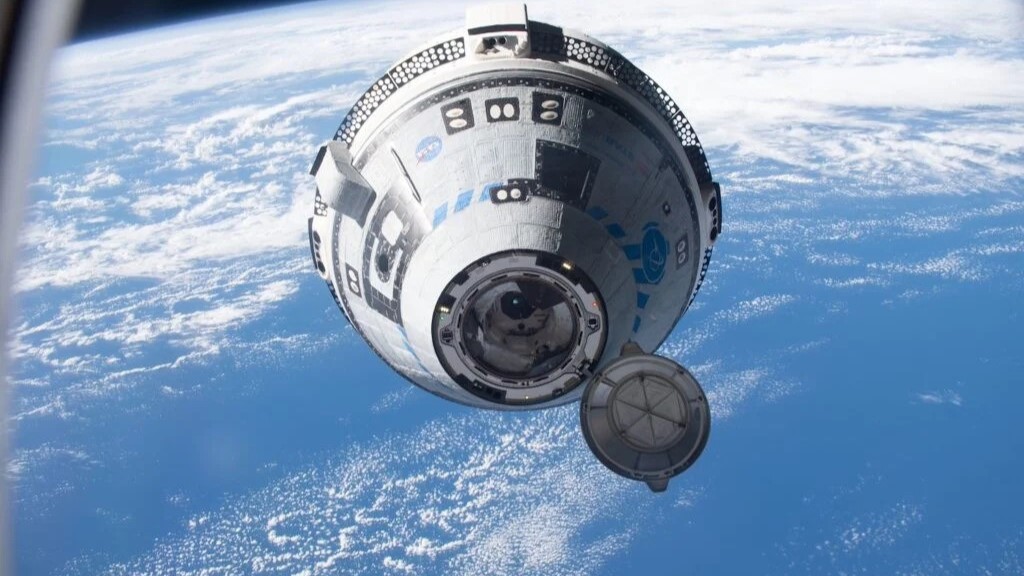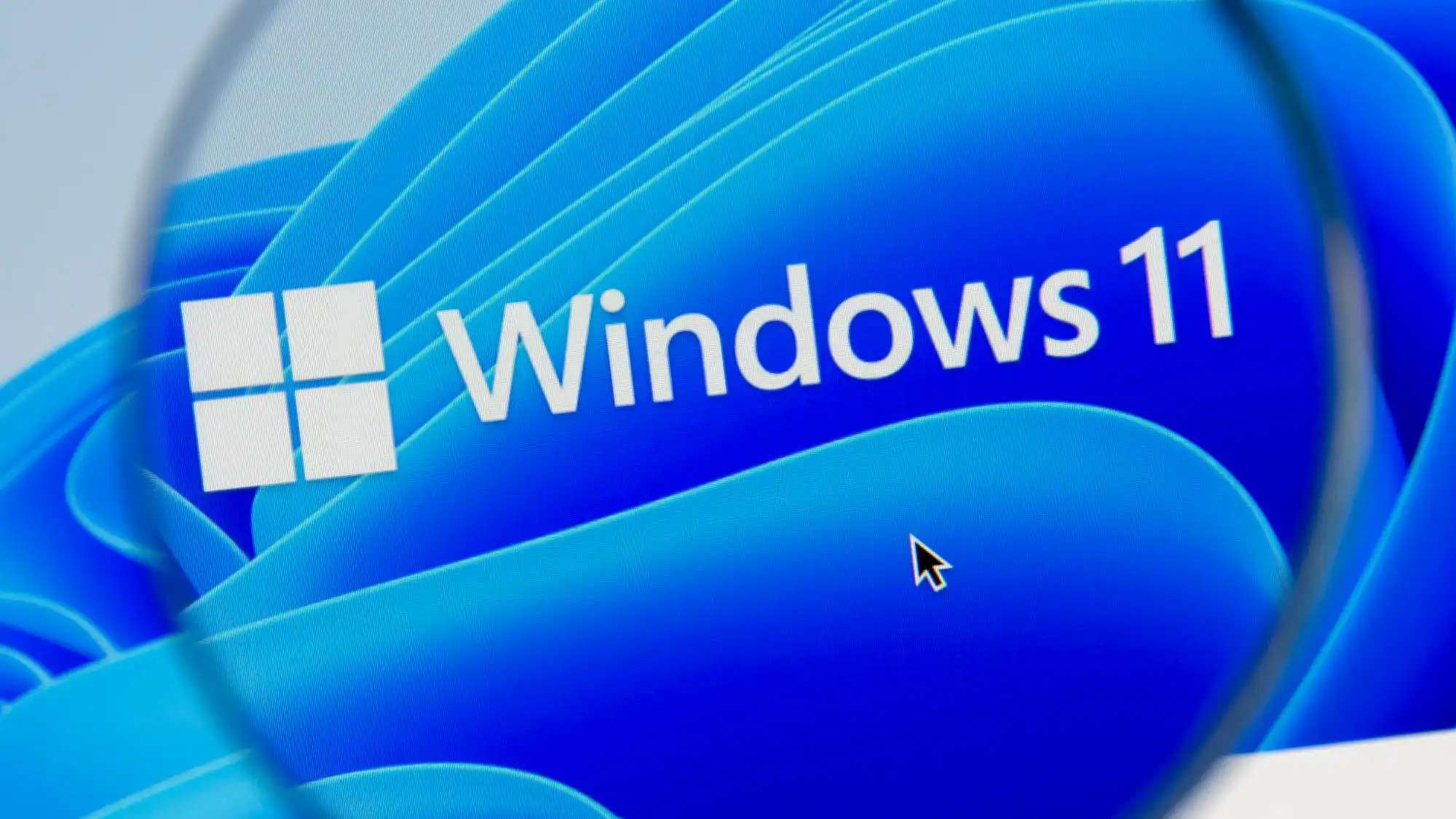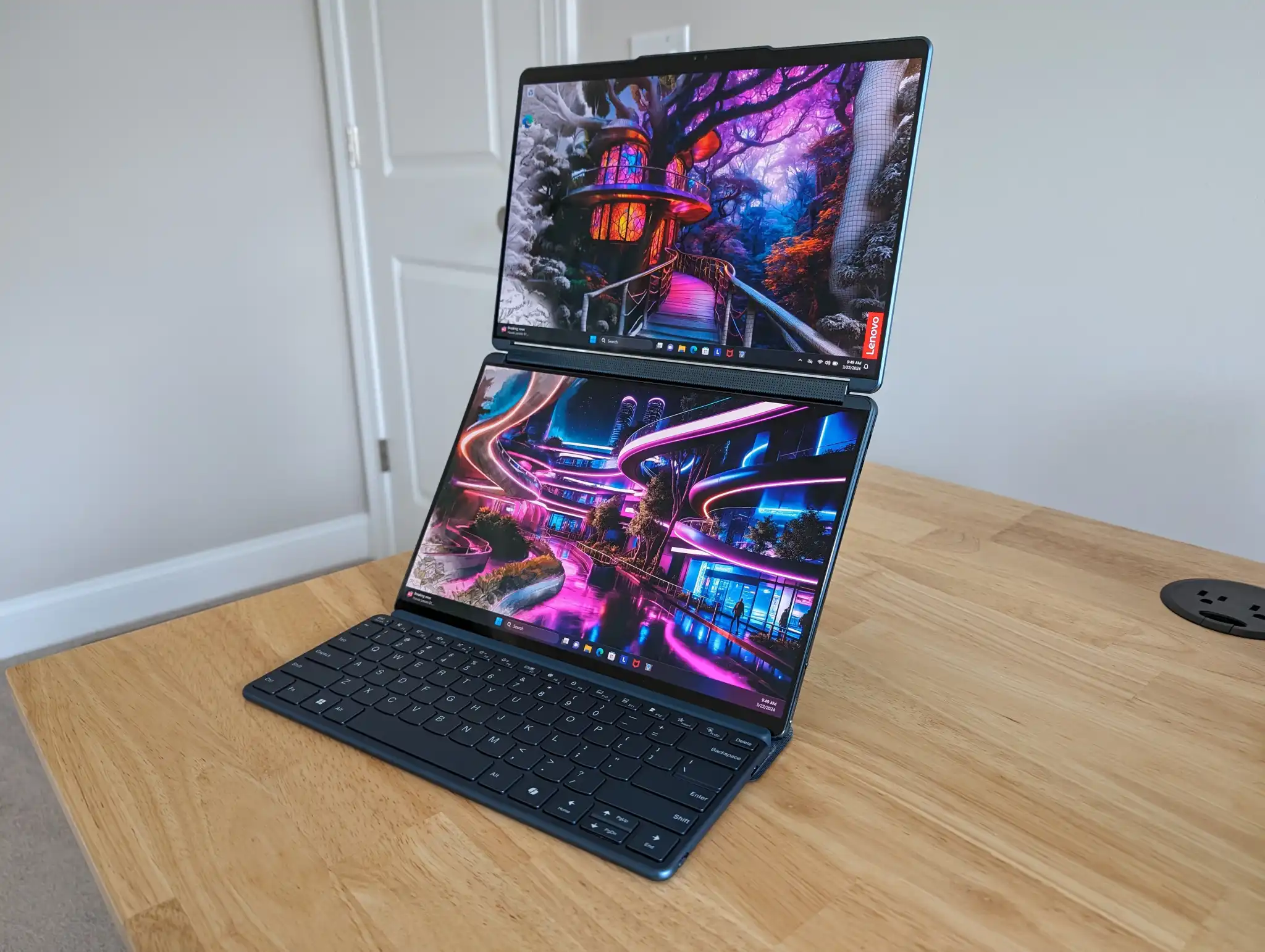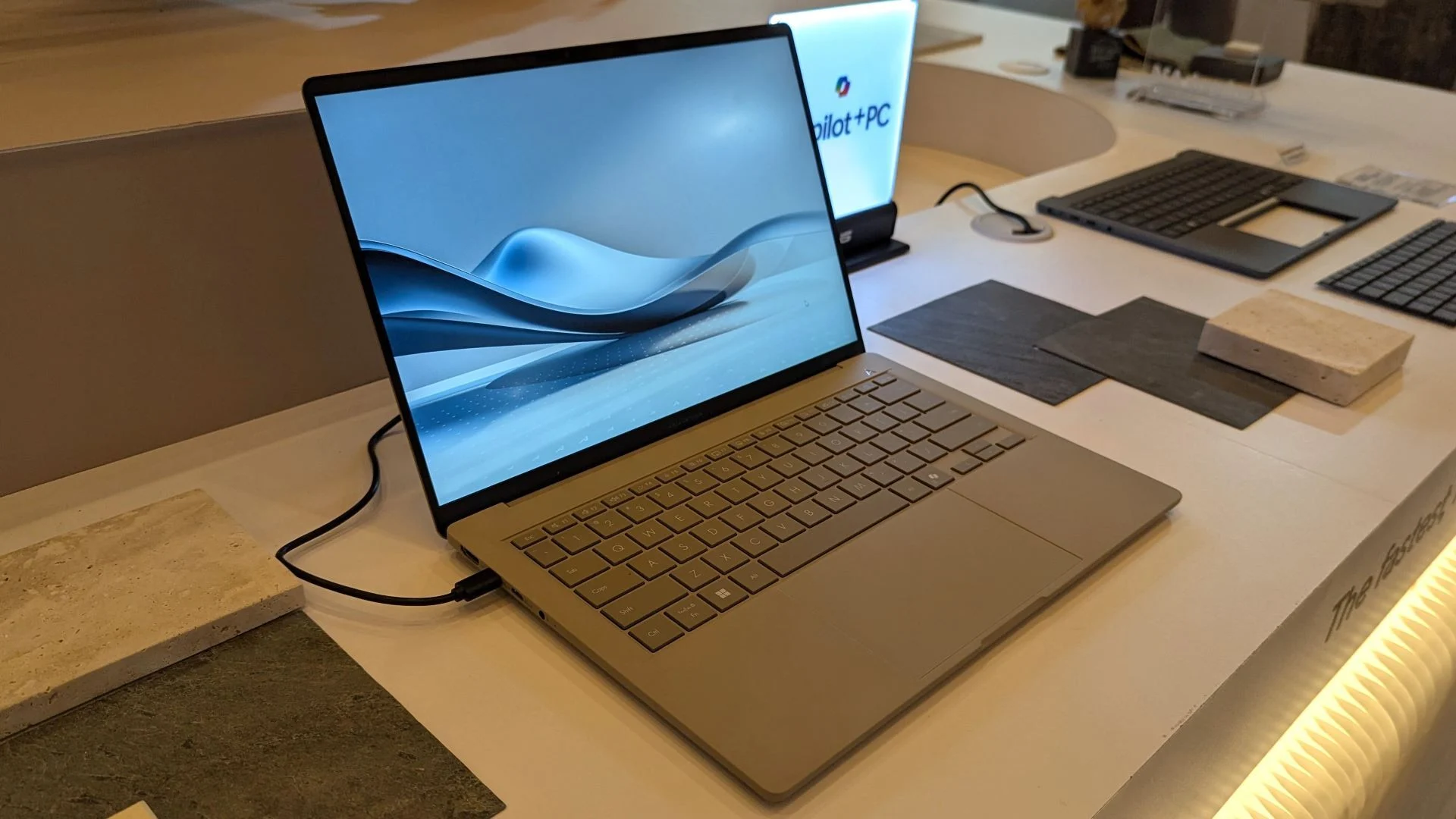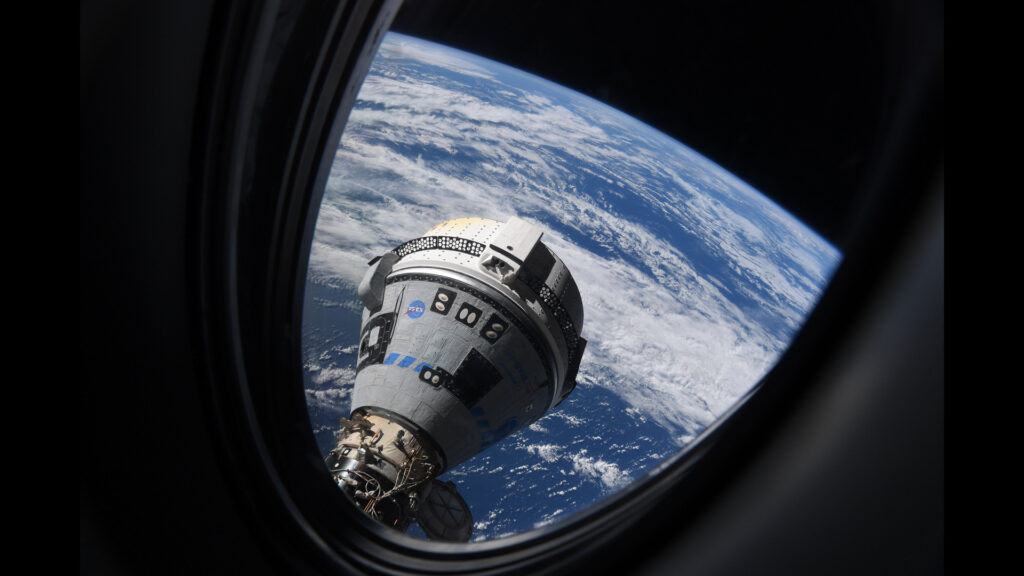
In a development that could easily be mistaken for the plot of a high-stakes science fiction thriller, Boeing’s Starliner capsule has left astronauts Sunita Williams and Barry Wilmore stranded aboard the International Space Station (ISS). This unexpected turn of events, unfolding in real-time, highlights a complex web of technical challenges, mission adjustments, and the enduring resilience of space exploration teams.
The Incident
On the evening of September 6, 2024, the Starliner capsule, which was initially tasked with returning the astronauts to Earth, undocked from the ISS as scheduled. The spacecraft was intended to make a landing at White Sands Space Harbor in New Mexico early on September 7. However, this seemingly routine event became anything but, as it left Williams and Wilmore behind in orbit. The capsule’s journey was marred by a series of technical issues that have complicated what was supposed to be a straightforward mission.
Technical Challenges
The Starliner mission faced significant delays even before it reached space. Initially, the spacecraft’s launch was postponed due to a malfunctioning valve and a helium leak, issues that required extensive repairs and troubleshooting. Once launched, the mission continued to experience problems. During its flight, engineers identified several helium leaks, one of which was pre-existing and two that emerged post-launch. Additionally, the spacecraft encountered difficulties with its thrusters, which are crucial for maintaining proper orientation and trajectory. Despite these setbacks, the Starliner successfully docked with the ISS, but the issues continued to affect the mission’s timeline.
The Astronauts
Williams and Wilmore, both seasoned astronauts with extensive experience, are now navigating this extended stay aboard the ISS. Williams, a NASA astronaut since 1998, is renowned for her record-setting achievements, including the most spacewalks and total spacewalk time by a woman. Her contributions to space exploration include running the first marathon in space in 2007. Wilmore, who joined NASA in 2000, has piloted significant missions and participated in groundbreaking activities such as using a 3D printer to manufacture a tool in space. Both astronauts have demonstrated exceptional skill and adaptability in the face of the mission’s evolving challenges.
Mission Adjustments
Originally, the mission was designed to last only eight days, during which Williams and Wilmore would test the Starliner’s systems and evaluate its performance in a crewed space environment. However, due to the technical issues with the spacecraft, their return has been postponed until 2025. In the interim, they are actively involved in research and maintenance activities aboard the ISS, working alongside the Expedition 71 crew. This extended stay, while not ideal, allows them to continue contributing to ongoing scientific endeavors and ensures that their time in space remains productive.
NASA’s Response
NASA has been proactive in addressing the situation, emphasizing that the astronauts’ safety is a top priority. In a statement issued last month, NASA reassured the public that there is no immediate urgency to return the astronauts. This approach reflects lessons learned from past space missions and underscores NASA’s commitment to thorough testing and careful decision-making. The decision to return the Starliner without a crew and to extend the astronauts’ stay until early 2025 is a testament to NASA’s dedication to ensuring the safest possible outcome.
Future Plans
On August 24, 2024, NASA announced its plan to return Williams and Wilmore to Earth using SpaceX’s Crew-9 Dragon spacecraft. The spacecraft is scheduled to launch early next year, and the astronauts will be joined by two other crew members assigned to the SpaceX mission. The original Crew-9 launch plan included four astronauts, but two will now remain on the ISS to accommodate Williams and Wilmore’s return. This adjustment highlights the collaborative nature of space missions and the flexibility required to manage unforeseen circumstances.
Conclusion
The current situation with the Starliner capsule and the stranded astronauts is a vivid reminder of the complexities and risks inherent in space exploration. While the technical issues and extended stay may resemble the tension of a science fiction narrative, they also underscore the resilience and adaptability of the astronauts and space agencies involved. As NASA and Boeing continue to address the technical challenges and plan for the astronauts’ return, their commitment to safety and thoroughness remains unwavering. The ongoing mission serves as a testament to the enduring spirit of exploration and the challenges that come with pushing the boundaries of human capability in space.

